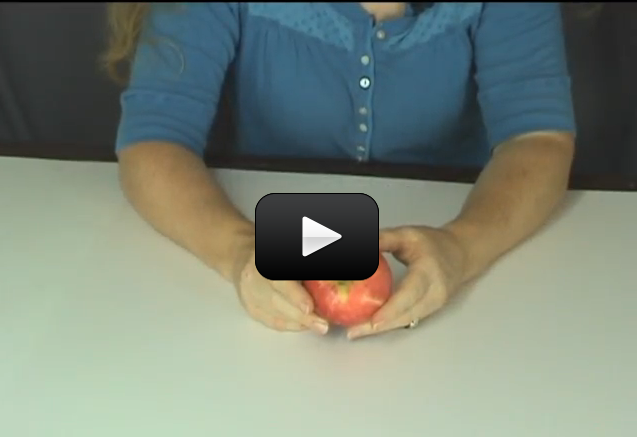This experiment is for Advanced Students. We’re going to really get a good feel for energy and power as it shows up in real life. For this experiment, you need:
- Something that weighs about 100 grams or 4 ounces, or just grab an apple.
- A meter or yard stick
This might seem sort of silly but it’s a good way to get the feeling for what a Joule is and what work is.
Please login or register to read the rest of this content.


very nice! I’m hungry now
Hmmmmmm,cool!